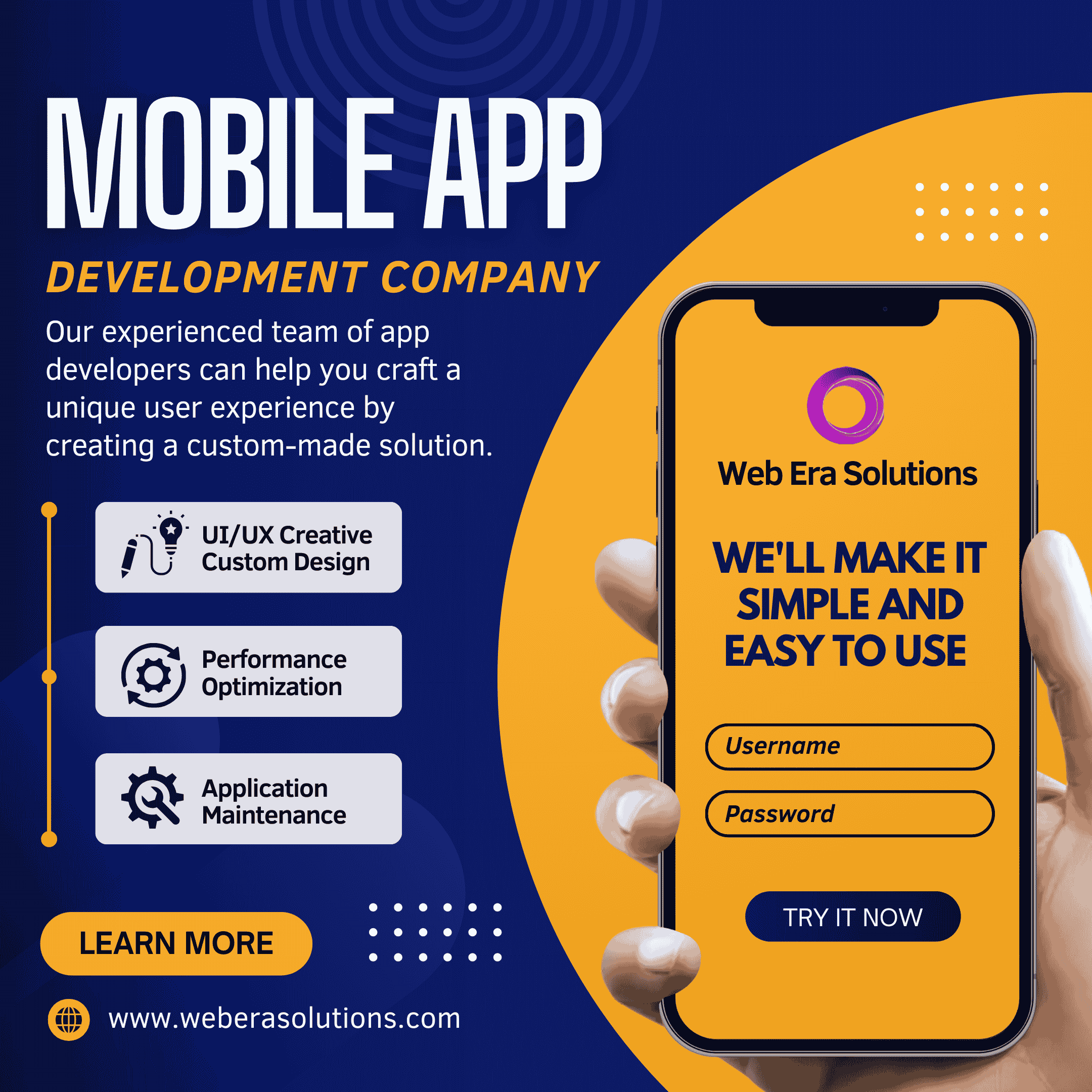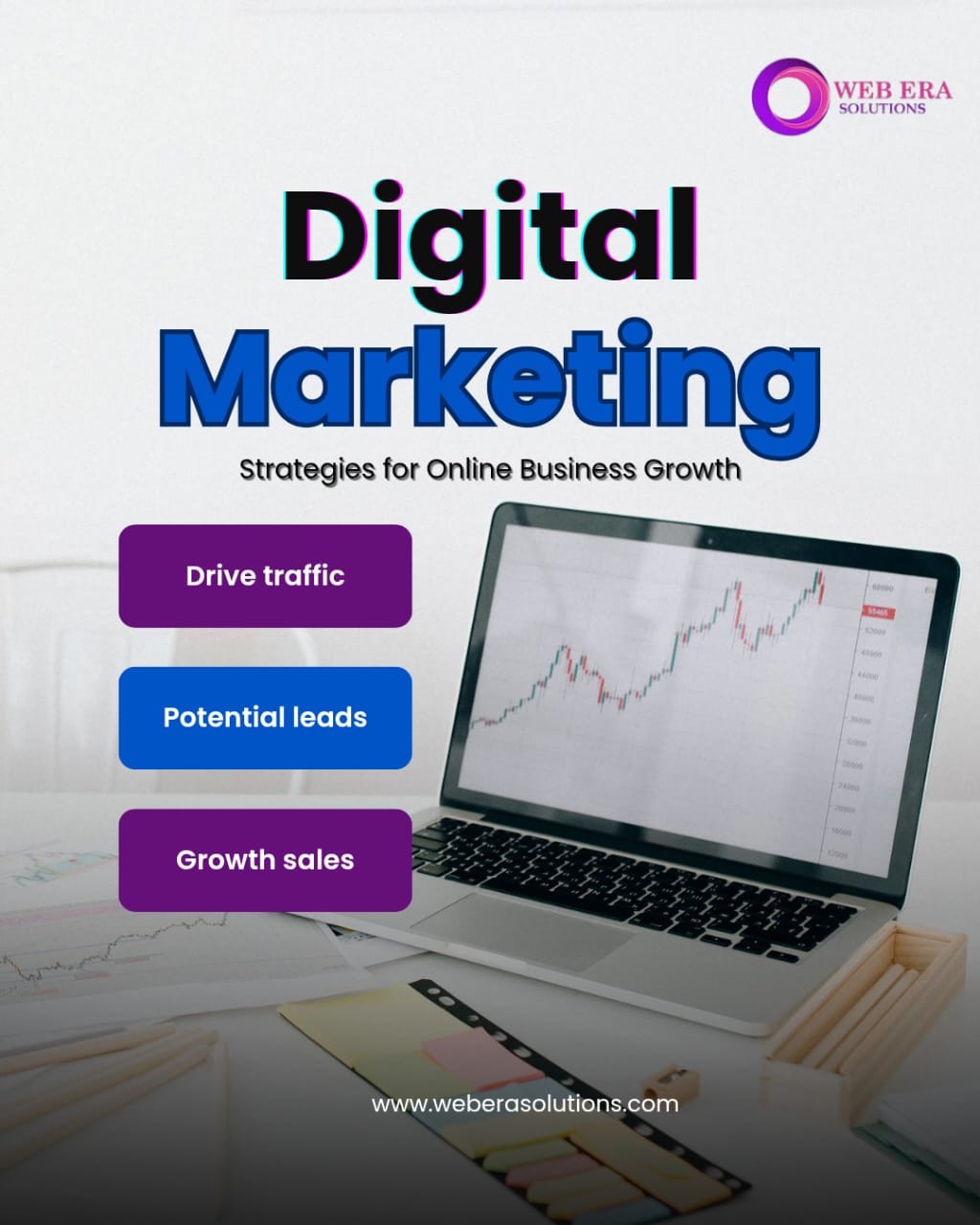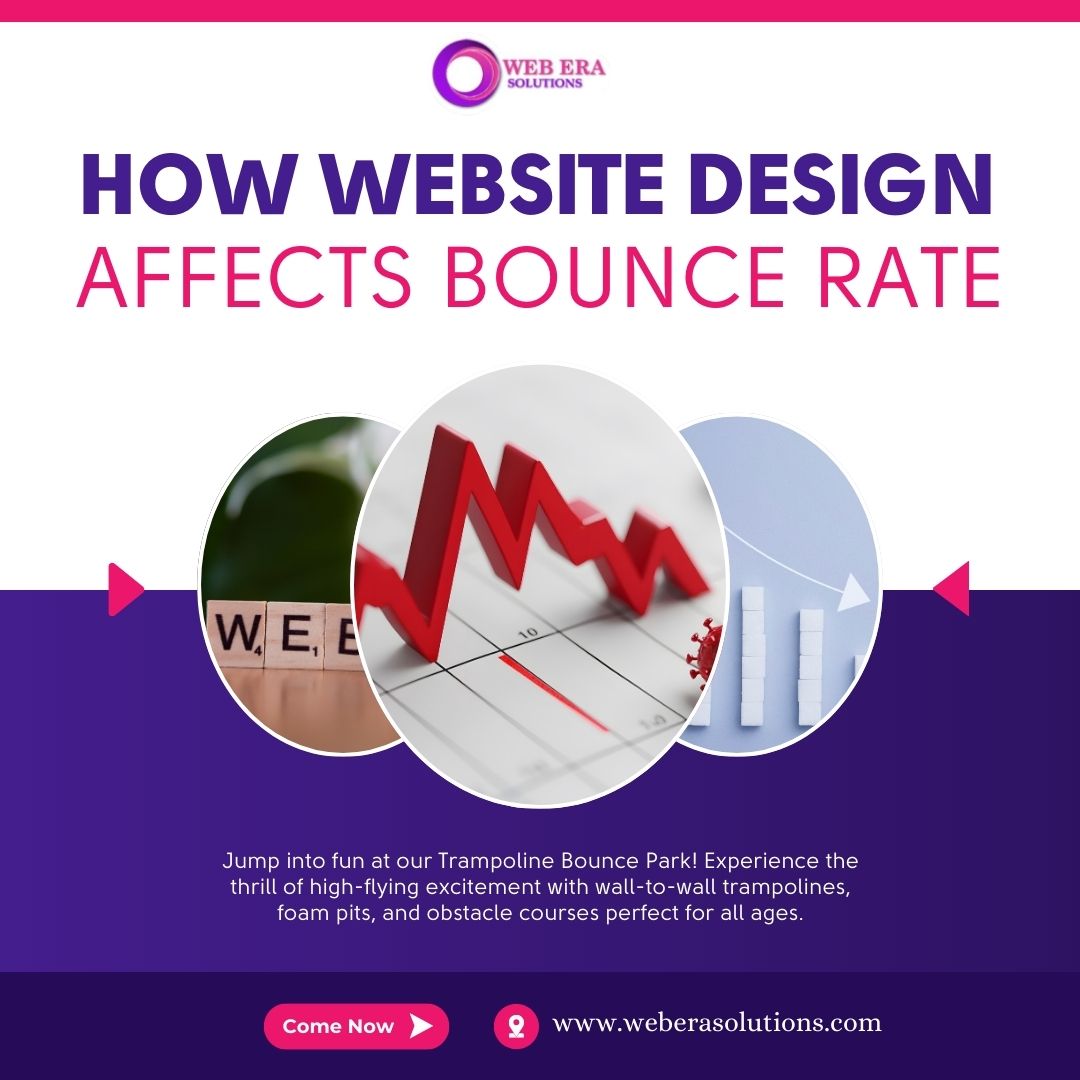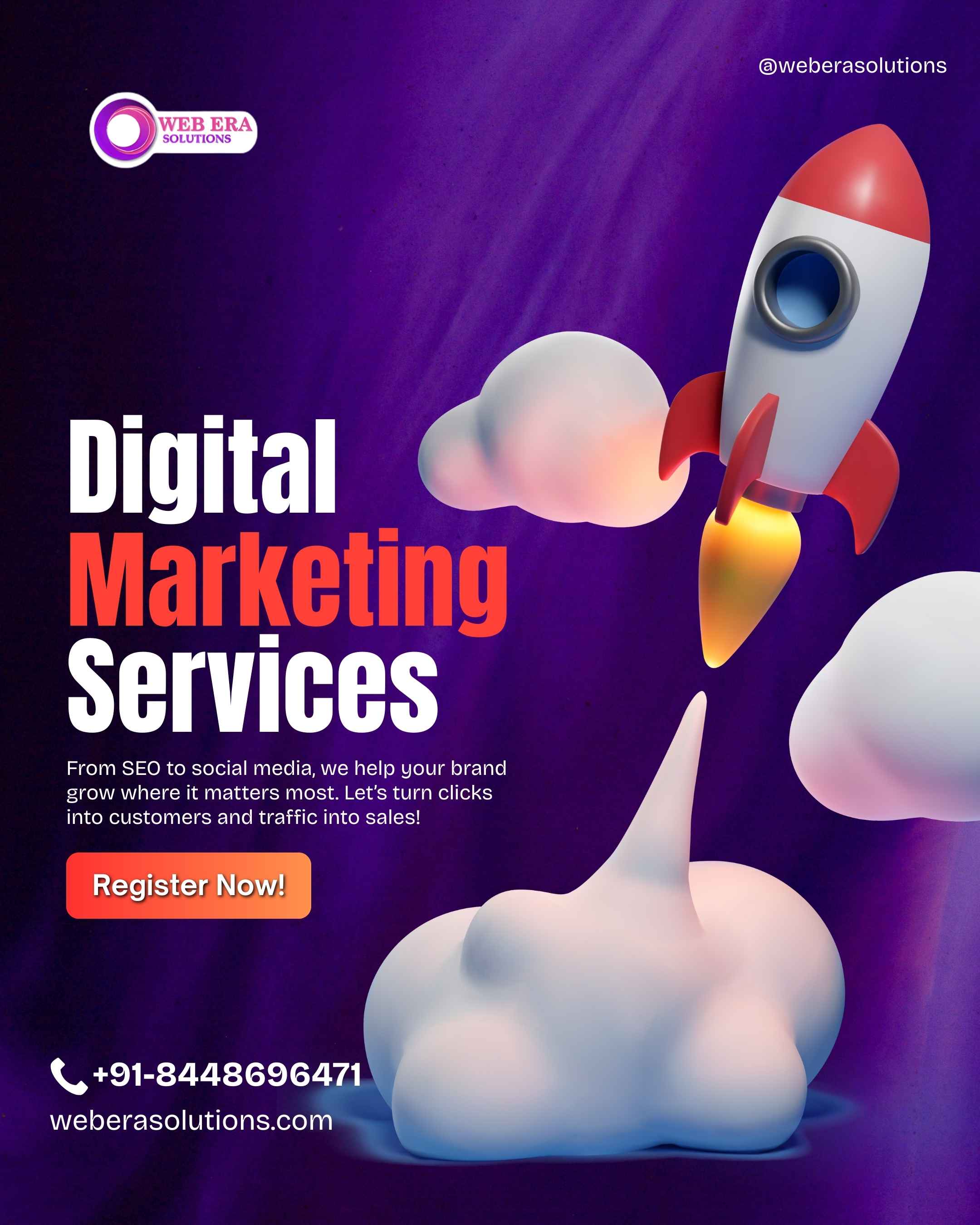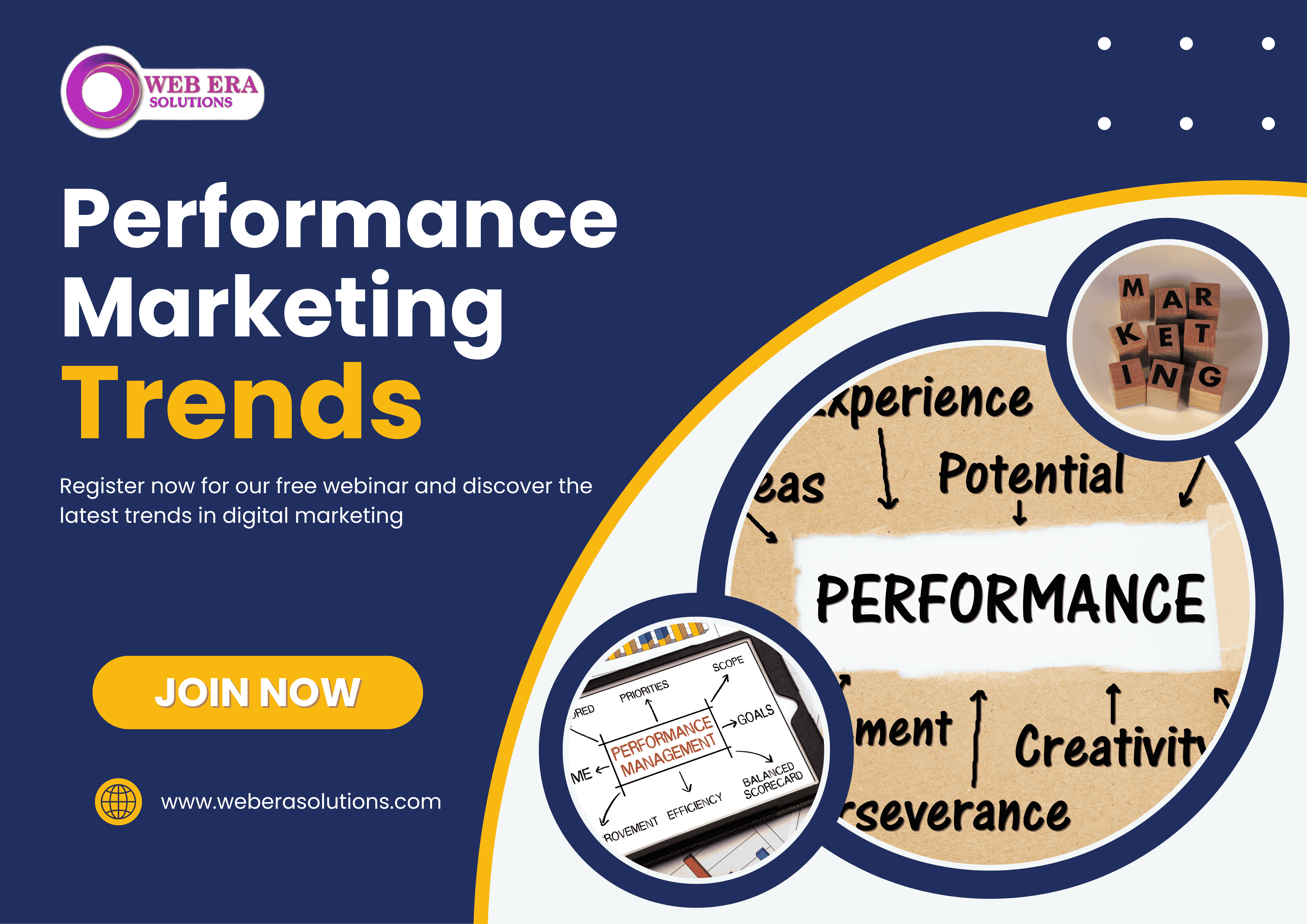
In today's rapid fire digital landscape, a "see it and forget it" campaign won't fly anymore. As we head into the depth of 2025, performance marketing is being reinvented by emerging tech, evolving consumer behaviors, and privacy rules. For the agency Web Era Solutions, and our strong client roster, keeping ahead of the trends we will outline below is not optional, it is essential. This year's top performance marketing trends are listed below, along with tips on how to use them for a higher return on investment.
1. AI-Powered Optimization & Automation
Artificial Intelligence and Machine Learning are no longer niches or experimental—they’re the engine driving performance marketing decision-making.
Utilizing Predictive Bids and Real-time Signals: Advertising networks utilize AI's ability to analyze multiple (device, location, time, user intent) signals in real-time optimizing bids, protecting the budget from wasted clicks that didn't lead to conversion.
Dynamic Creative Optimization (DCO): Creative elements (images, messaging, calls to action) will be dynamically modified based on user profiles. AI tools will be able to test many more combinations at scale and determine what works best.
Content Created by AI: In the not-too-distant future, generative AI could have an even greater significance whether it's ads, email copy, landing pages, or social media posts. The challenge will be scaling such that the brand voice and creativity remain intact.
2. First-Party Data, Privacy, & Cookieless Tracking
As third-party cookies fade and consumers demand more control over their data, performance marketing will pivot sharply toward privacy-first strategies.
First- & Zero-Party Data: Gathering data is more valuable directly from sites, CRM systems or databases, loyalty programs, quizzes, or similar entities. Organizations or brands that will be seen to be trustful and operate with transparency will benefit.
Alternative Attribution & Tracking Models: We expect to see more server-side tracking, more contextual targeting, and more strategic media mix modeling (MMM), geo-lift tests, and cohort-based attribution to illustrate what works when limited by not being able to track individuals.
Privacy Regulations Tighten: There are more laws in the U.S. and abroad coming online which make the compliance environment more complex. Brands will need thoughtful consent management and data governance, and transparency.
3. Retail Media Networks (RMNs) & Channel Expansion
Brands are increasingly leveraging retail media—not just Amazon, but also local retail platforms, offline + online omnichannel retailers.
Massive Expansion in RMNs: Data suggests retail media will capture a higher share of ad spend around the world. It gives brands the ability to reach consumers even closer to the "point-of-purchase."
Creating New Inventory: Since the advent of ad-supported tiers on streaming services, connected TV (CTV) and over-the-top (OTT) media are generating new supply. Brands are able to reach consumer audiences with ad buys on new platforms.
4. Short-Form Video, Shoppable & Immersive Formats
The attention span of consumers keeps shrinking, and formats that drive engagement + immediate action will dominate.
Short-Form Video: TikTok, Instagram Reels, YouTube Shorts, etc. will continue to take off. The ads in this format must articulate and create action in a concise way.
Shoppable Content: Whether it is video, live-stream, or through social media, customers do not want to go through extra steps to purchase. Users desire less clicks and quicker actions to buy. In-app, Tags, swipe-up features, etc.
Immersive Experiences: AR/VR & Interactive Ads: Virtual Try-Ons, AR filters, 360-degree videos, even virtual online showcases in the metaverse are becoming possible and affordable. These help lower the friction for consumers to purchase by allowing them to “experience” before purchasing.
5. Performance-Driven Influencer Marketing & Micro/Nano Influencers
Influencer marketing is increasingly moving from awareness-led to performance-led, with more precise measurement of ROI.
Conversion Focus: Brands are compensating influencers not simply based upon reach and engagement but performance - clicks, leads, and sales, usually tracked via affiliate links or promo codes.
The Rise of Micro and Nano Influencers: Influencers who don't have big audiences but are niche and trusted often yield better engagement rates and more genuine relationships. They are often more cost effective.
6. Enhanced Measurement, Agility & Experimentation
Because the landscape is changing fast, performance marketers need to be more agile and rigorous in how they measure and optimize.
Marketing Mix Modeling & The Return of MMM: With traditional, pixel-based tracking losing effectiveness, brands turn to MMM to optimize the media budget allocation across channels.
Real-time & Near Real-time Analytics: Quick-turn data allows for quick turnarounds. Campaigns should be evaluated not just on a daily basis, but hourly (and potentially more frequently) to identify what's working/not working and shift budget accordingly.
A/B / Multivariate Testing Automation: With tools adding more and more testing capabilities (especially if AI assisted) testing and optimization of creative, targeting, messaging variants is possible with less manual intervention.
7. Ethical & Sustainable Marketing
More than ever, modern consumers expect brands to “walk the talk” about sustainability, social responsibility, and ethical behavior.
Green & Transparent Messaging: Emphasizing environmental sustainability, environmentally-friendly supply chain practices, and ethical sourcing is growing in importance.
Reducing Digital Carbon Footprint: Now even the "cost" of digital advertising-bandwidth, data, servers--is being examined. Cleaner, leaner campaigns and ethical ad partnerships may differentiate brands.
Authenticity over Polished Ads: Audiences are fatigued by overproduced content, while content that is more candid, community driven, or ethical is likely to gain reputation.
8. Voice, Conversational, and Search Evolutions
How people search and interact continues to shift—performance marketing services must evolve accordingly.
Voice Search & Conversational AI: With smart speakers and voice assistants, voice queries are becoming more commonplace. It is important to optimize content (ad copy, landing pages, FAQ etc.) for natural language and conversational tone.
Conversational Commerce / Chatbots: More interactions are taking place on chat interfaces or inside messaging apps with more commerce adoption into those flows (e.g. bots that can lead to purchase).
Search Fragmentation & Zero-Click Searches: There is more search occurring on platforms that keep users inside their ecosystem (e.g. app ecosystems, social platforms). Brands will need to own a presence outside of just classic SEO.
How Web Era Solutions Can Stay Ahead
Putting trends into practice takes strategy. Here are some recommendations for our teams and clients:
Data Strategy for Audit: Ensure your first-party and zero-party data is being collected, centralized and accurately used. Invest in tools that support Customer Data Platforms (CDPs), consent management, data governance.
Build AI/ML Capabilities: Whether training internally or leveraging partners, tech tools, be familiar with how to work with predictive analytics, dynamic creatives and automation, so you don’t fall behind.
Experiment with New Channels & Formats: Conduct small tests on CTV, AR/VR, short-form video, immersive formats so you can understand what actually works for your verticals. Don’t wait until every one catches on and has saturated the channels being used.
Measurement vs. Metrics: Worry less about vanity metrics (impressions, reach) and more about behavioral metrics connected to results (conversion, CPA, ROAS). Measure the overall story with MMM and other holistic attribution models.
Keep Ethics, Privacy & Trust Front and Center: Transparency in how data is collected and how data is used, being upfront regarding environmental or social claims, having customer consent, these are not just issues of compliance, they aren't also an issue of reputation of performance marketing company for a brand.
Agility & Iteration: Build processes that allow you fast feedback, and the ability to change quickly. Whether it's creative messaging, targeting, or channel spend, be prepared to pivot quickly.
2025 is proving to be a year when performance will mean more than just the “ads and clicks” we’ve traditionally used to define performance—it will mean relevance, transparency, experience, and conscious optimization. For Web Era Solutions, this is an opportunity: by adopting AI, a privacy-first data strategy, new channels, immersive content, and ethical behavior you can not only deliver better ROI to your clients, you are also cultivating a better relationship with customers, providing sustainable growth for your clients in the future.
The brands that will win are those that marry creativity with data, speed with integrity, and novelty with usefulness. Make 2025 the year your performance marketing doesn’t just perform—but actually transforms.

